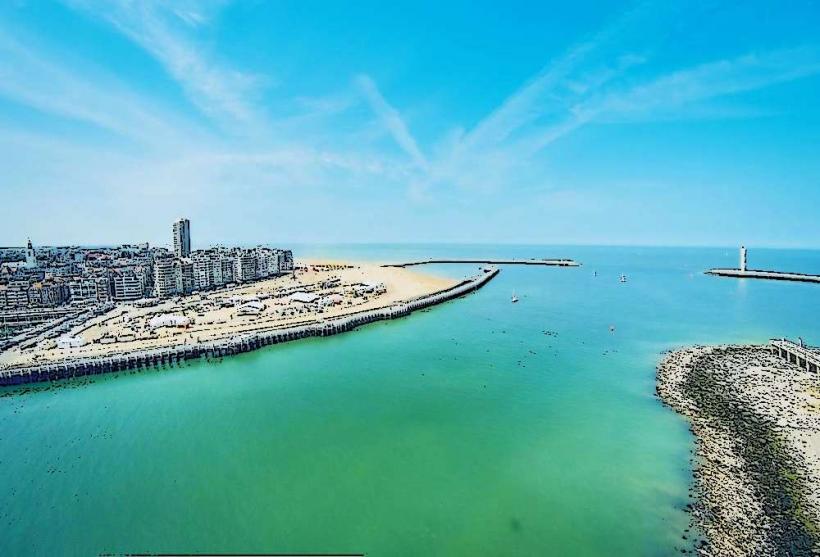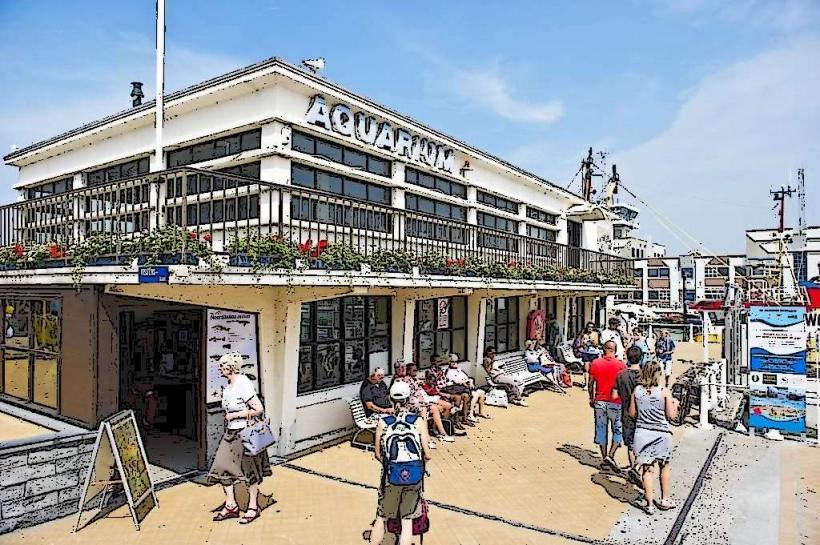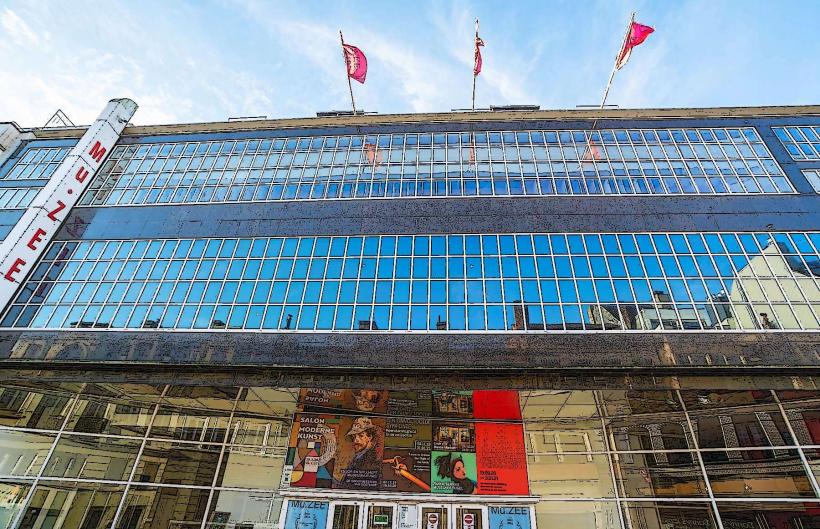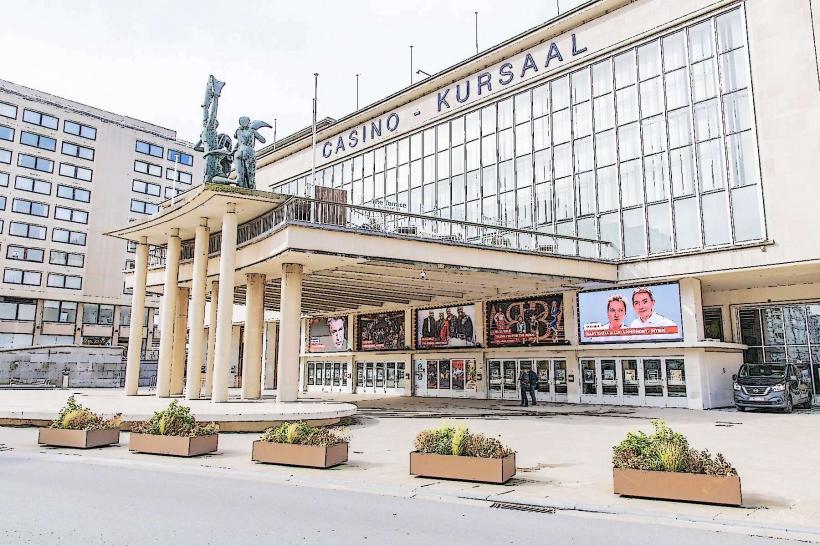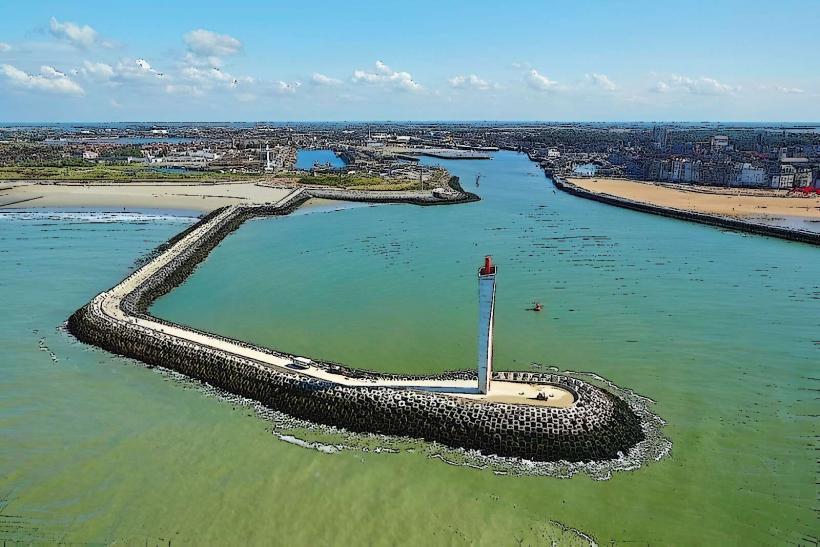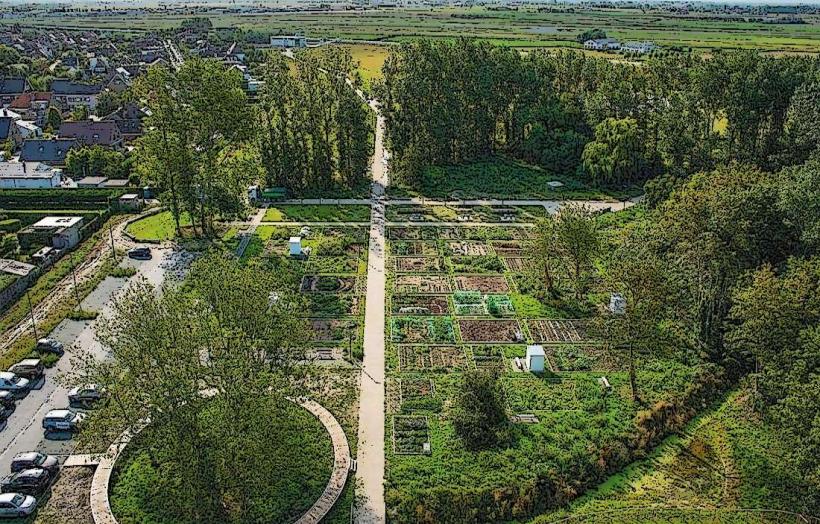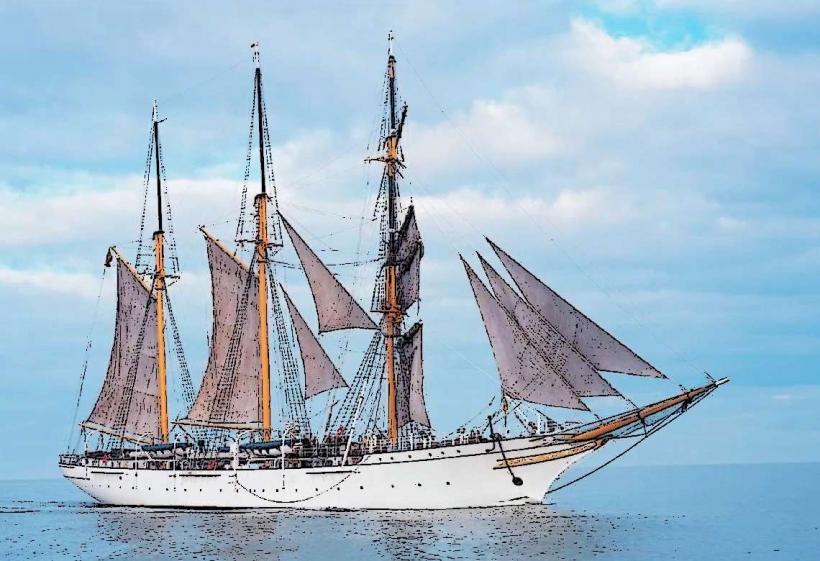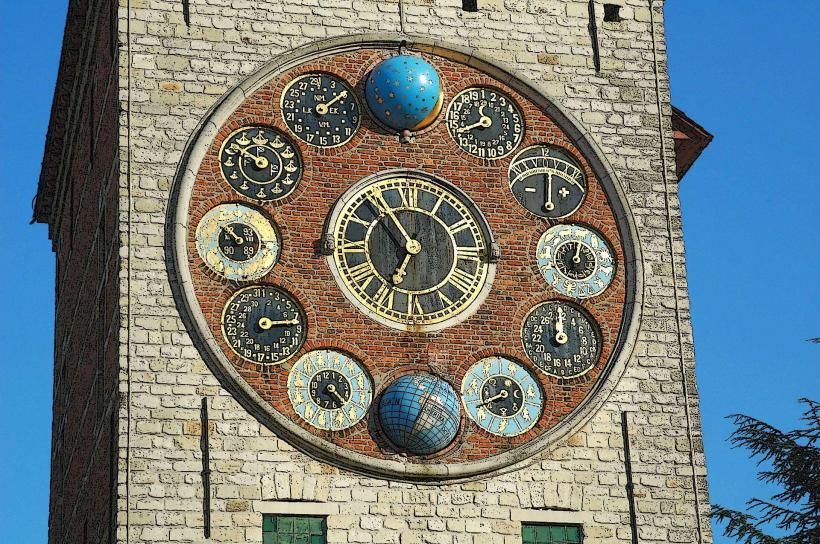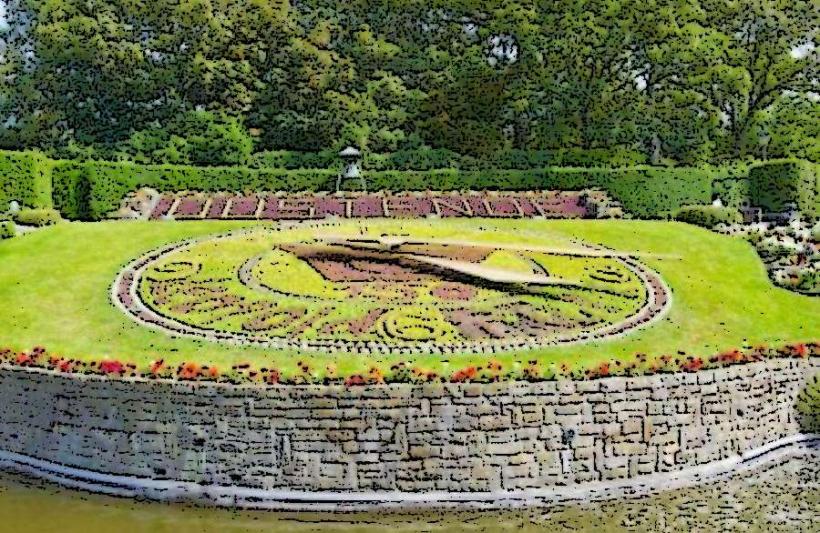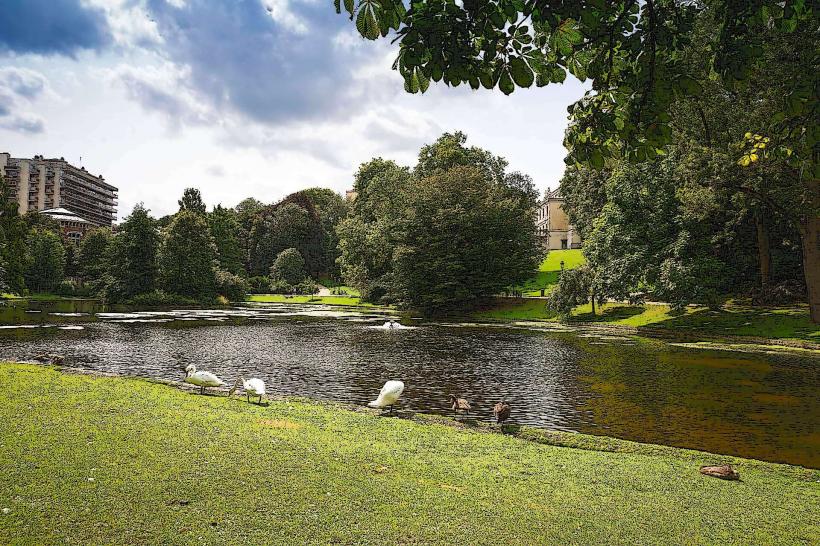Information
City: OostendeCountry: Belgium
Continent: Europe
Oostende is a vibrant coastal city located in West Flanders, Belgium, on the shores of the North Sea. Known as the "Queen of Belgian Seaside Resorts," Oostende has long been a popular destination for both locals and international tourists, offering a rich blend of history, culture, and modern beach resort amenities. It is Belgium's largest coastal city and is famous for its maritime heritage, artistic connections, and its role as a key port town.
History
- Early Beginnings: Oostende’s origins date back to the Middle Ages, where it was a small fishing village. By the 12th century, it became known as Oostende (meaning “east end”), likely due to its location at the eastern end of a large estuary. It was part of the County of Flanders and later came under the control of the Duchy of Burgundy and the Habsburg Monarchy.
- Port and Trade: Oostende's importance grew significantly in the 17th century, when it became a major trading and naval port, especially during the time of the Spanish and Austrian Habsburgs. It was during this period that the Oostende Company (a trading company) was founded, aiming to establish trade routes with the East Indies. This period marked the city’s initial rise as a key maritime hub.
- 19th Century Expansion: The 19th century saw Oostende evolve into a fashionable resort town, thanks to the development of its harbor and beachfront. The introduction of the railway to the city in the late 1800s made it more accessible, attracting an influx of tourists, including royalty, aristocrats, and artists.
- World Wars: During the World Wars, Oostende's strategic location on the coast meant it was heavily affected by military activities. It was occupied by German forces during World War I and World War II, and many of its historic buildings and infrastructure were damaged during this time. Despite this, the city rebuilt and continued its role as an important Belgian port.
- Modern Oostende: Today, Oostende is a thriving tourist destination with a bustling port, beautiful beaches, artistic attractions, and a lively cultural scene. It is also a center for maritime industries and shipping.
Architecture and Landmarks
Oostende is home to a variety of historical and modern architectural landmarks, many of which reflect its maritime heritage and its role as a resort town.
- Royal Galleries (Koninklijke Gaanderijen): Built in the late 19th century, the Royal Galleries are a series of elegant arcades that stretch along the seafront. They have been carefully restored and now house shops, restaurants, and cafes. The galleries are a symbol of the city’s glamorous past.
- The Kursaal Oostende: This grand concert hall and casino is one of Oostende’s most iconic buildings. Originally constructed in the early 20th century and rebuilt in the 1950s, the Kursaal is a magnificent example of seaside resort architecture, offering concerts, cultural events, and a grand atmosphere.
- Oostende Lighthouse: The Oostende Lighthouse is an essential part of the city's identity. Standing since 1862, it has guided ships safely into the harbor and is still in operation today. The lighthouse offers stunning views over the North Sea and is a popular spot for tourists.
- Church of Saint Peter and Paul (Sint-Petrus en Pauluskerk): This neo-Gothic church was built in the late 19th century and stands as a significant architectural landmark in the city center. The church is known for its grand design, including stained-glass windows and beautiful wooden interiors.
- Museum of Fine Arts (Mu.ZEE): The Museum of Fine Arts in Oostende is home to an extensive collection of works by modern Belgian artists, particularly those associated with the Flemish Expressionist movement, such as James Ensor and Constant Permeke. The museum also hosts temporary exhibitions of contemporary art.
- Oostende Harbor: As one of the largest ports in Belgium, the Oostende Harbor is not only a bustling industrial port but also a key maritime hub. Visitors can enjoy the sight of fishing boats, yachts, and cruise ships that dock here. The area also offers plenty of waterfront dining and sightseeing opportunities.
Culture and Festivals
Oostende is known for its cultural scene, which draws inspiration from its beachfront location, history, and maritime roots. The city hosts a number of festivals and cultural events throughout the year.
- Oostende Film Festival: This festival celebrates both Belgian and international cinema, showcasing new films and promoting cinema culture in the region. It typically includes screenings, masterclasses, and other film-related events.
- Ensor Festival: The Ensor Festival is held in honor of James Ensor, one of the most famous artists associated with Oostende. The festival includes exhibitions of Ensor’s work, as well as live performances, theatrical events, and art installations.
- North Sea Jazz Festival: Every year, Oostende hosts a segment of the North Sea Jazz Festival, which attracts major jazz musicians and fans from around the world. The festival takes place at various venues throughout the city, including the Kursaal Oostende.
- Oostende Christmas Market: During the holiday season, Oostende transforms into a festive hub, with its Christmas market offering local crafts, food stalls, and holiday entertainment. The atmosphere is cheerful, with lights and decorations adding to the charm of the city.
- Kunstbende: This annual festival celebrates young talent in art and performance. It features a wide range of activities, including art exhibitions, dance performances, theater shows, and more, encouraging youth participation in the arts.
Cuisine
Oostende's proximity to the North Sea ensures that seafood plays a central role in its culinary traditions. Many of the city’s restaurants offer fresh and delicious seafood dishes, and the city's food scene is also influenced by Belgian cuisine in general.
- Oostende Fish Market: The Oostende Fish Market is a bustling center for fresh seafood, where visitors can find an array of fish and shellfish, from mussels and oysters to scallops and lobster. It is a must-visit for seafood lovers.
- Mussels (Moules): Like much of Belgium, Oostende is famous for its mussels, typically served with fries (moules-frites). This classic dish is widely available in local restaurants, especially near the waterfront.
- North Sea Fish: Local specialties include fish stews, fish soups, and fresh fish dishes like plaice, cod, and hake. These dishes are often served with Belgian fries, a staple of the country's cuisine.
- Belgian Waffles and Chocolate: As with other Belgian cities, Oostende is home to high-quality Belgian waffles and chocolates. Waffle stalls and chocolate shops are a common sight, offering delicious treats for both locals and tourists.
Transportation
Oostende is well connected to other parts of Belgium and neighboring countries, making it easy for visitors to travel to and from the city.
- By Train: The Oostende Railway Station is a key transport hub, offering connections to Brussels, Ghent, and other major Belgian cities. Trains to the station run frequently, making it easy to travel from the rest of the country to the coast.
- By Car: Oostende is located along the E40 motorway, which connects it to Brussels and other cities in the Flanders region. The city is also easily accessible by regional roads and coastal routes.
- Oostende-Bruges International Airport: Oostende is served by the Oostende-Bruges International Airport, which offers flights to a variety of European destinations. This makes the city easily accessible for international travelers.
- Ferries and Boats: Oostende also serves as a hub for ferries, particularly to Dover in the UK and other North Sea destinations. The harbor is an important entry point for both passenger ferries and cargo ships.
Conclusion
Oostende is a dynamic and diverse city that offers visitors a rich mix of historical charm, cultural vibrancy, and seaside relaxation. Whether exploring the city's maritime heritage, enjoying the vibrant arts scene, or simply relaxing on the beach, Oostende has something for everyone. Its beaches, restaurants, and festivals make it an attractive destination for travelers seeking both cultural enrichment and leisure.

